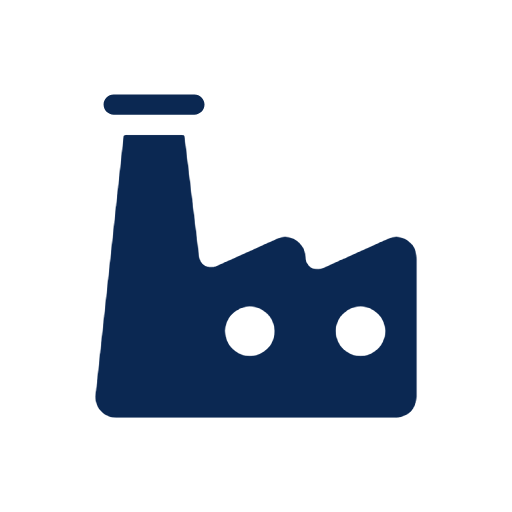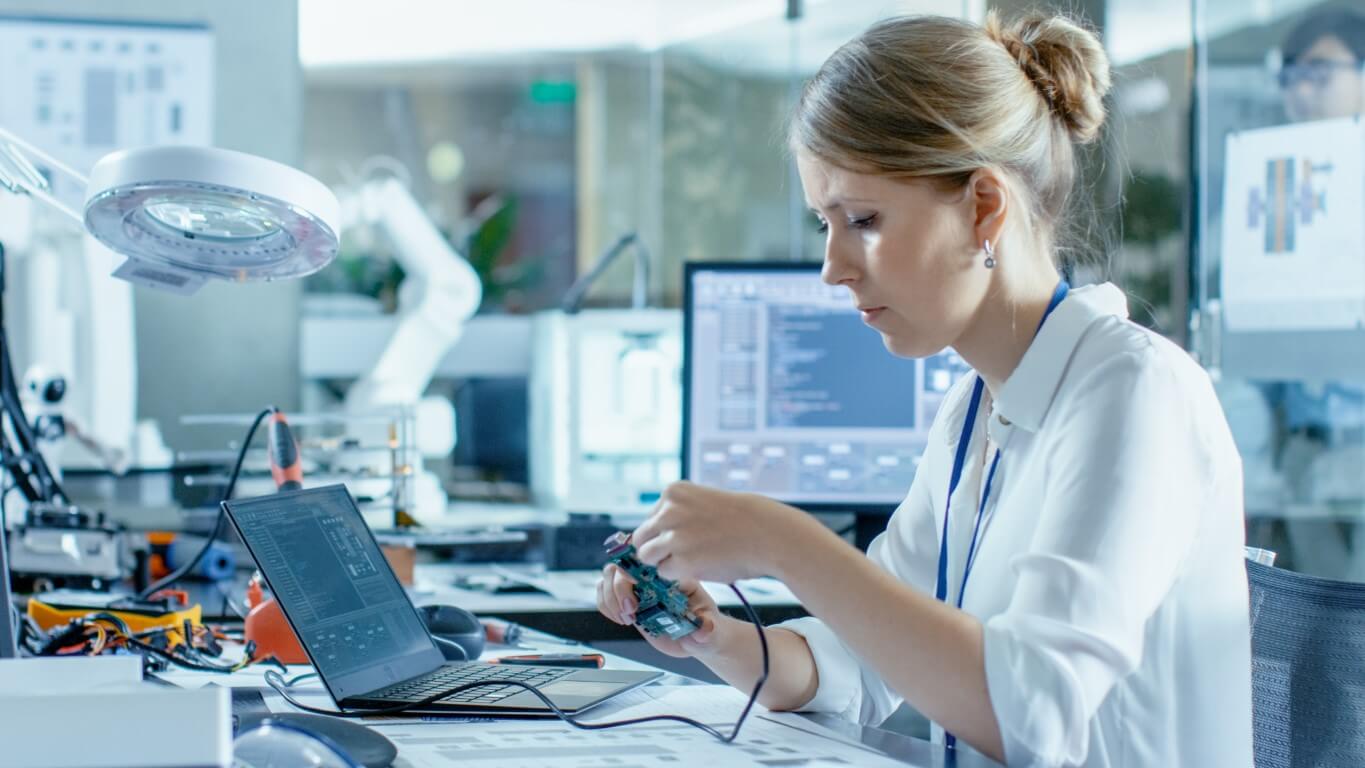Ideation and feasibility phase
Every medical device invention, from a simple syringe to an advanced CT scanner, starts with an idea. This idea obviously needs research:
- How feasible is it to develop a successful product?
- What will be the intended use of the invention? Who will use it?
- Is it a medical device according to the definitions in the regulations?
- What risk class is the medical device assigned to?
- What markets do I want to launch and what will be the regulatory strategy?
- Are there competitors already?
- Which investments are required to come up with a successful product?
- …
This research phase ends with the decision to either abandon an idea or to approve it and move on to the next phase: design and development.

Design and development phase
The goal of the design and development (D&D) phase is to demonstrate that:
- the device is safe to use
- the device specifications meet the requirements and the user needs,
- you will be able to manufacture the newly developed device.
The complete D&D trajectory should be executed according to a pre-approved D&D plan and all information must be documented in the D&D files (or the Design History File, as FDA calls it).
Therefore, procedures describing the company’s application of the D&D phase are required. Additionally, other policies, procedures or work instructions may be needed for other determinants of device quality that should be considered during the D&D process. The need for policies and procedures for these factors is dependent upon the types of devices manufactured by a company and the risks associated with their use. Examples of topics for which procedures may be appropriate are risk management, clinical evaluations, document control, training, configuration management etc.
Therefore, the implementation of a Quality Management System will be required and, in turn, an ISO 13485:2016 certification and the implementation of a Quality Management System is required in most cases. (for example Scilife).
As part of the design and development phase, the product will be verified and validated. This part of the process determines if there is objective evidence that both the design inputs (verification) and intended use (validation) are met. This process is mostly supported by tests, , analyses, clinical evaluations or even clinical investigations, and all is documented within the QMS as part of the D&D files.
During the D&D trajectory the design is transferred into suitable production specifications. This design transfer includes among others the development and validation manufacturing processes, trainings, supplier products specifications and maintenance instructions.
Please note that D&D does not end with the final transfer of a design to production. It still applies to all changes to the device or manufacturing process design, including those occurring long after a device has been introduced to the market. The D&D process can be revisited many times during the lifecycle management of the product, including as a result of post market surveillance feedback for example.
In parallel with the D&D process and prior releasing the new device to the market, the registration process takes place in which a technical file is prepared for submission to the relevant notified body which will take care of certification.

Device production and Post Market phase
In preparation of this phase, the QMS will be further expanded to guarantee a qualitative launch of the product. For example, as a result of design transfer, a batch release process and QC procedures are put in place. Also event, CAPA, change and complaint management processes need to be set-up and a Post Market Surveillance (PMS) process and a PMS plan specifically for the newly developed Medical Device are required.
Events, such as complaints, can bring new insights and may require controlled changes. Market surveillance and post market clinical follow-up (PMCF) are required not only reactively, but also proactively to ensure the quality, performance, and safety of the device after being released to the market.
The right services at the right time
Throughout the whole process, documenting every aspect of the device and the process is key. For many companies in the medical devices industry, parts of the process are supported by in-house staff and outside experts (like QbD).
Newcomers in the business can rely on the full scope of our services, starting already in the feasibility phase, throughout post-market activities.
QbD provides training via the QbD Academy on ISO 13485:2016 and helps starters to create a roadmap to CE certification.
In the design and development phase we provide support for all regulatory requirements, including technical documentation, data management statistics, project and site management and compliance and medical writing.
When it comes to manufacturing, we deliver support for among others process development, equipment qualification, process validation, QA support, and software validation.
Finally, QbD has specialists in post-market support.
Medical Devices Regulation (MDR)
Read more on the EU’s new Medical Devices Regulation in this article.

